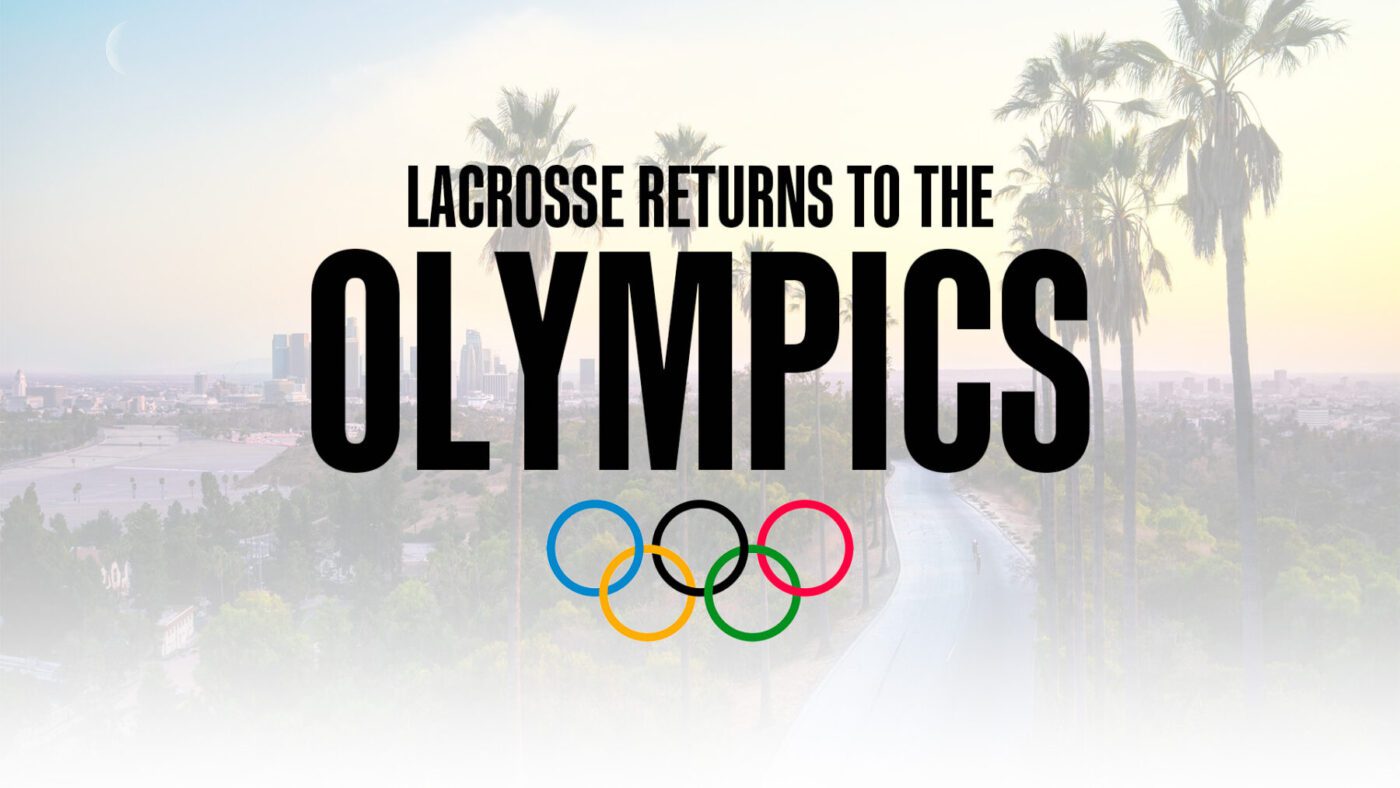
Lacrosse Returns to the Olympic Stage in 2028: A 6 vs. 6 Revolution
In an exciting turn of events, lacrosse is set to make a triumphant return to the Olympic Games in 2028, marking its presence after a hiatus since 1948. This announcement has stirred immense excitement among lacrosse enthusiasts and athletes worldwide. The revamped format for the Olympic lacrosse competition introduces a dynamic 6 vs. 6 play style, promising a thrilling and fast-paced showcase of one of the oldest sports in North America.

The 6 vs. 6 Play Style:
The traditional 10 vs. 10 format of lacrosse has been condensed to a 6 vs. 6 play style for the Olympic stage, designed to maximize the game's excitement and appeal to a global audience. This adaptation brings a faster pace to the sport, emphasizing agility, quick thinking, and precision. The reduced number of players on the field ensures that every move is strategic, and scoring opportunities are more frequent, creating a more spectator-friendly experience.
This change also reflects the International Olympic Committee's (IOC) commitment to innovation and adaptability, catering to modern audience preferences while staying true to the essence of lacrosse. The 6 vs. 6 format is expected to add a new dimension to the sport, showcasing the skills of players in both offense and defense more prominently.
Lacrosse 6 vs. 6 Rules and Regulations:
-
6 v 6, 12 players per team
-
:30 shot clock
-
8-minute running-time quarters
-
~45-minute games
-
Competitively played outside on 70x36m grass or turf field
-
No specialist positions, just runners and goalies
-
Draws only at the start of each quarter

Lacrosse's Olympic History:
Lacrosse's journey to the Olympic Games has been a rollercoaster ride. The sport made its Olympic debut in 1904 and featured in the games until 1948, after which it faced exclusion. Various factors contributed to its removal, including limited international participation, organizational challenges, and the absence of a standardized set of rules. However, with the global growth of lacrosse in recent years, the IOC has recognized the sport's potential to captivate audiences worldwide.

The decision to reinstate lacrosse in the Olympics is a testament to the sport's resurgence on the global stage. Increased international participation, improved governance, and a dedicated effort by lacrosse organizations around the world have paved the way for this historic comeback. The 6 vs. 6 format aligns with the IOC's vision of modernizing traditional sports for a contemporary audience, contributing to lacrosse's renewed Olympic status.
Top Contenders:
As lacrosse makes its return to the Olympics, several countries have emerged as powerhouses in the sport. Traditional lacrosse strongholds like the United States and Canada boast formidable teams, showcasing a rich lacrosse heritage. However, the global expansion of the sport has seen countries like Australia, England, and the Iroquois Nationals making significant strides, promising fierce competition on the Olympic stage.



The return of lacrosse to the Olympic Games in 2028, featuring the exciting 6 vs. 6 play style, is a milestone moment for the sport. As the world eagerly anticipates the spectacle, lacrosse enthusiasts and newcomers alike can look forward to witnessing the agility, skill, and passion of athletes competing for glory on the grandest stage of them all. The journey of lacrosse to this point reflects the resilience of a sport deeply rooted in history, poised to make a lasting impact in the Olympic arena once again.


Leave a comment